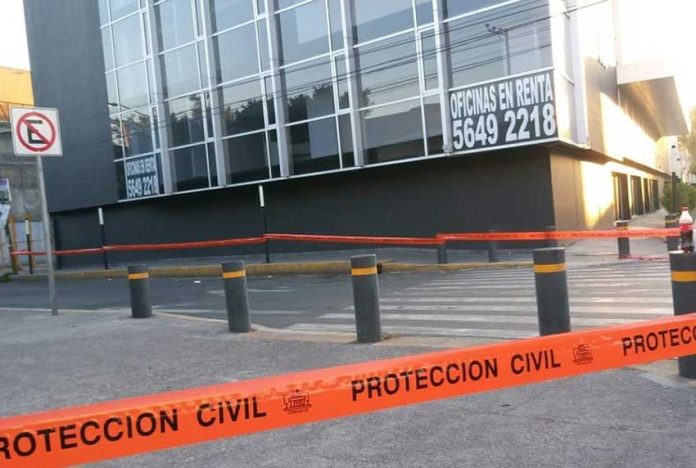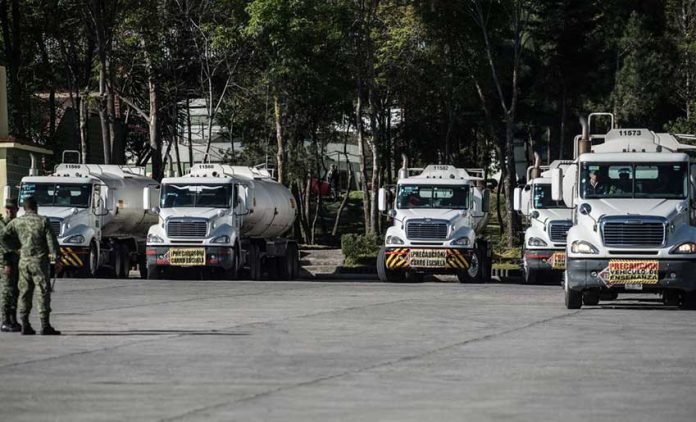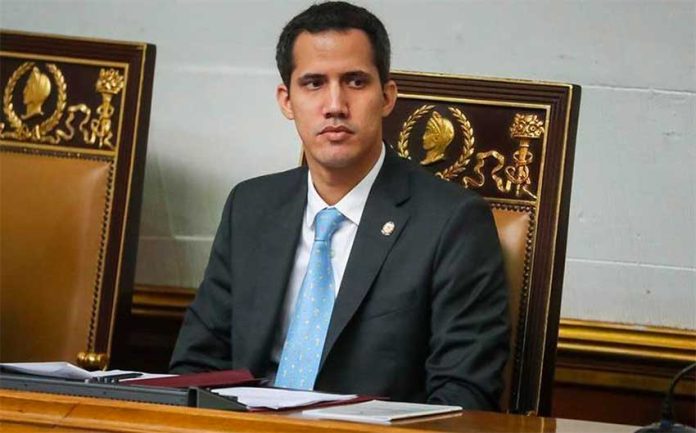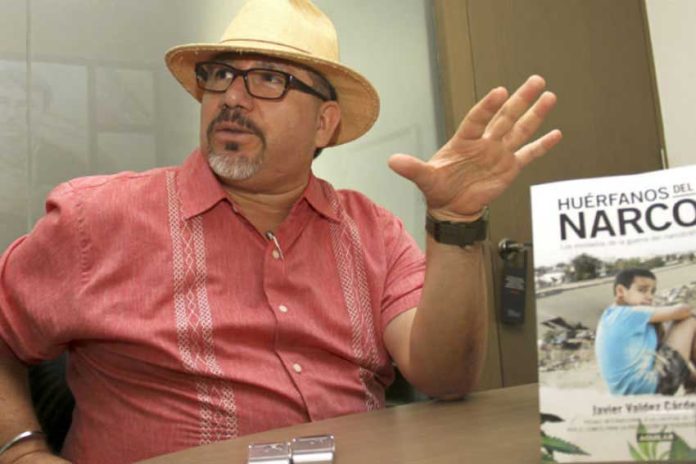A young man made a mockery of President López Obrador’s security arrangements yesterday, storming the stage at an event in Puebla and approaching the president unimpeded.
As López Obrador addressed the crowd gathered in the pueblo mágico of Huauchinango to tout the benefits of the federal government’s social development programs, 19-year-old Eduardo Astudillo González looked on while hatching a plan to get up close and personal with the political veteran.
Separating him from the stage was a meter-high metal barrier but there was no heavy-handed security entourage to protect the president, who once remarked “the people will protect me, he who fights for justice has nothing to fear.”
Instead, just five young men and women, members of López Obrador’s so-called siervos de la nación (servants of the nation) who have been enlisted to help with the distribution of aid, stood guard along with a few members of the informal security detail known as the presidential ayudantía (literally assistants or helpers).
But they were no match for Astudillo.
In a matter of seconds, he jumped over the barrier, pushed past the siervos, brushed aside the ayudantía, scurried up the steps to the stage and then stopped, turning to the crowd and flashing a triumphant grin.
The young man, dressed casually in jeans and a t-shirt, had achieved no mean feat: while getting past “security” presented few challenges, he also managed to divert attention from AMLO, who had been railing against fuel theft, a common crime in Huauchinango.
For a moment, the president fell silent but then, with no lines of defense left to stop the intruder, he said, “Let’s see, come.”
Astudillo walked across the stage, shook López Obrador’s hand, whispered something in his ear and handed him a couple of crumpled pieces of paper – no harm done.
Having completed his audacious mission, Astudillo appeared intent on leaving the stage but the president had other ideas.
“But wait a second, no? Let’s see, wait, isn’t there a chair here [for the young man]?” López Obrador said after which the crowd broke into a chant of presidente, presidente!
And so Astudillo took a place on stage amid local politicians and some of the first beneficiaries of the government’s social programs and remained seated until the end of the proceedings.
López Obrador later said that Astudillo had asked him for help to join the federal government’s apprenticeship program known as “Youths Building the Future.”
“Here in Puebla, all of the young people of Huauchinango, of this region, of the whole state, are going to have work,” he remarked.
López Obrador’s lax security arrangements have been criticized by some who argue that the importance of the position of president demands that he take his personal safety more seriously.
But the 65-year-old leftist, who has made his “common man” persona a central part of his political identity, appears unlikely to change tack any time soon although this week he made one concession: he agreed to travel in a Chevrolet Suburban SUV rather than his Volkswagen Jetta.
“It’s sturdier,” he said.









